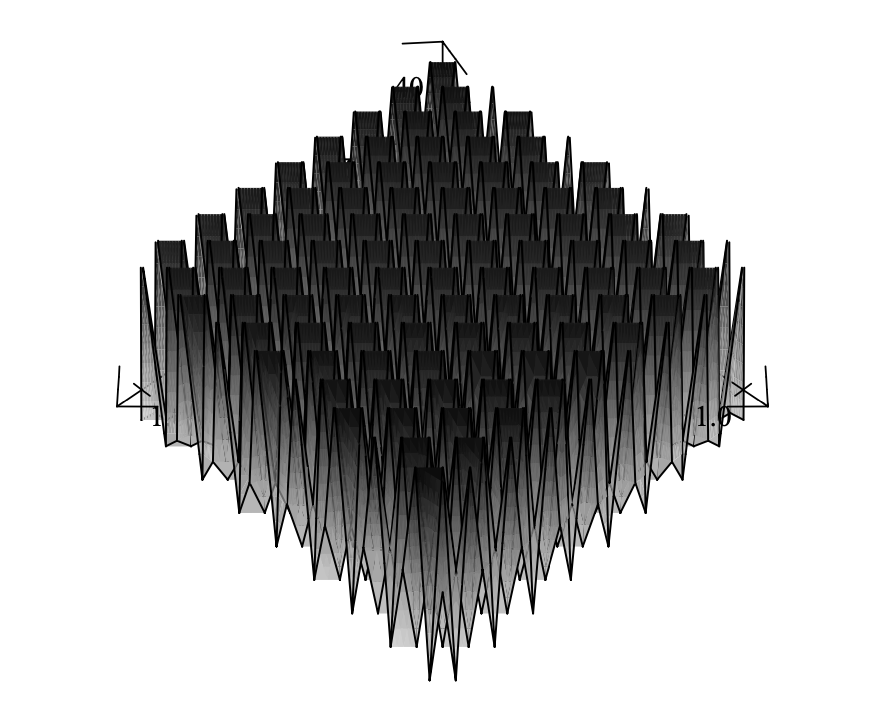Penalizing incompressibility in the Stokes problem leads, under mild assumptions, to matrices with condition numbers $\kappa =\mathcal{O} (\varepsilon ^{-1}h^{-2})$, $\varepsilon =$ penalty parameter $<<1$, and $ h= $ mesh width $<1$. Although $\kappa =\mathcal{O}(\varepsilon ^{-1}h^{-2}) $ is large, practical tests seldom report difficulty in solving these systems. In the SPD case, using the conjugate gradient method, this is usually explained by spectral gaps occurring in the penalized coefficient matrix. Herein we point out a second contributing factor. Since the solution is approximately incompressible, solution components in the eigenspaces associated with the penalty terms can be small. As a result, the effective condition number can be much smaller than the standard condition number.
翻译:在温和假设下,斯托克斯问题中惩罚性抑制性导致在条件编号为 $\kappa ⁇ mathcal{O} (\\ varepsilon ⁇ -1}h ⁇ -2}) 的矩阵, $\ varepsilon = $ $ $ $ 1$, 和 $ h= 毫什宽 < 1$。 虽然$\ kappa ⁇ mathcal{O} (\\\ varepsilon ⁇ 1} h ⁇ 2} 美元是大型的, 实际测试很少报告解决这些系统的困难。 在SPD 案中, 使用同质梯度梯度法, 通常用受罚系数矩阵中出现的光谱差距来解释。 我们在此指出第二个因素。 由于解决方案几乎不可压缩, 与处罚条件相关的溶液空间中的溶液成分可能很小。 因此, 有效条件数可能小于标准条件号 。




